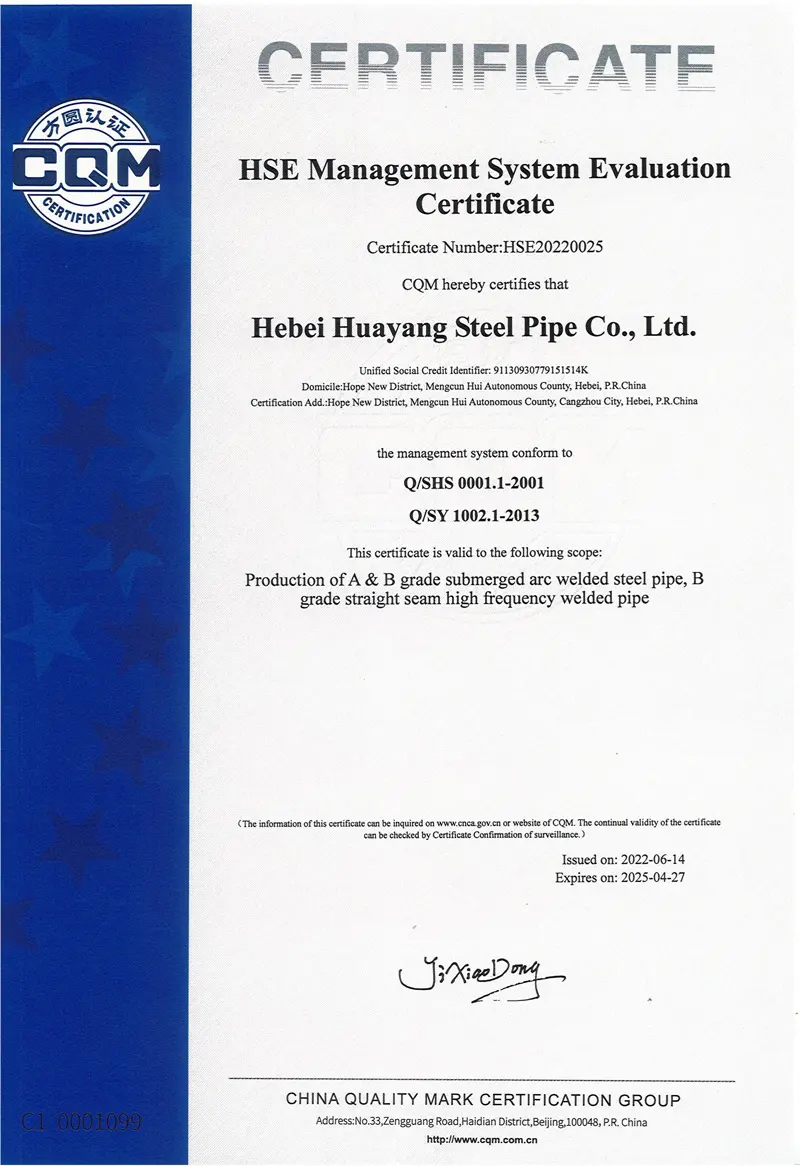
ต.ค. . 12, 2024 19:58 Back to list
hydroxypropyl methyl
Understanding Hydroxypropyl Methylcellulose Applications and Benefits
Hydroxypropyl methylcellulose (HPMC) is a synthetic polymer derived from cellulose, a natural polymer found in plant cell walls. It is widely used in various industries due to its unique properties and versatility. As a non-ionic, water-soluble compound, HPMC is characterized by its ability to form gels, thicken solutions, and serve as a film former. This article explores the applications and benefits of hydroxypropyl methylcellulose in different fields.
One of the most prominent applications of HPMC is in the pharmaceutical industry. It serves as a crucial excipient in drug formulations, particularly as a binder in tablets, an agent for controlled release, and a stabilizer in suspensions and emulsions. Its ability to slow down the release of active ingredients allows for the development of sustained-release formulations, enhancing patient compliance and therapeutic effectiveness. Moreover, its non-toxic and biodegradable nature makes HPMC an excellent choice for pharmaceutical applications without compromising safety.
In the construction industry, HPMC is commonly used as an additive in mortar, concrete, and cement-based products. It improves workability, enhances adhesion, and increases water retention, which is essential for the hydration of cement. By modifying the rheological properties of mortar, HPMC facilitates smoother application and prevents cracking upon drying. These attributes are particularly valuable in tile adhesive and dry-mix mortars, where consistent performance is crucial for construction efficiency.
hydroxypropyl methyl

The cosmetic and personal care industries also benefit significantly from hydroxypropyl methylcellulose
. It acts as a thickening agent, stabilizer, and emulsifier in products such as lotions, creams, shampoos, and hair conditioners. HPMC enhances the texture and application properties of these formulations while also providing moisture retention, which is vital for maintaining skin health. Its compatibility with a wide range of ingredients makes it a preferred choice among formulators seeking to create stable and effective products.In food technology, HPMC is utilized as a food additive, imparting texture and improving the quality of various products. It is often employed in gluten-free baking, where it helps mimic the texture typically provided by gluten, resulting in improved elasticity and moisture retention. Additionally, HPMC serves as a thickener in sauces, dressings, and soups, contributing to a desirable mouthfeel and consistency.
The use of hydroxypropyl methylcellulose is not without advantages. Being chemically stable and resistant to degradation by light and heat, it has a long shelf life. Furthermore, its non-toxic nature and ability to be derived from natural sources make it an appealing option for environmentally conscious consumers and manufacturers alike.
In conclusion, hydroxypropyl methylcellulose is a versatile and valuable polymer with a wide array of applications across various industries. From pharmaceuticals to food technology, its unique properties enhance product performance and improve consumer experience. As research continues and new applications are explored, HPMC is likely to play an even more significant role in innovation across different sectors. Thus, understanding its characteristics and benefits can help businesses leverage this powerful ingredient to meet growing market demands.
-
tile-bonding-additives-for-stronger-bonds
NewsAug.22,2025
-
construction-grade-rdp-for-wholesale-needs
NewsAug.22,2025
-
trusted-wholesale-hec-partners
NewsAug.22,2025
-
hec-solutions-for-industrial-excellence
NewsAug.22,2025
-
construction-additives-need-hpmc-essentials
NewsAug.22,2025
-
hpmc-versatile-cellulose-ether-for-industries
NewsAug.22,2025







